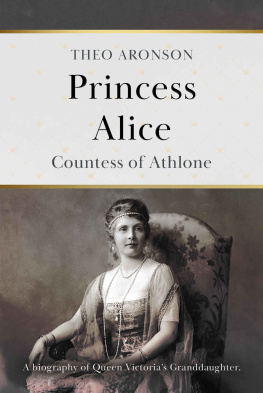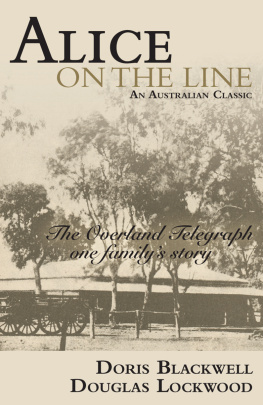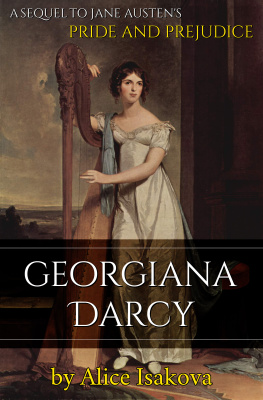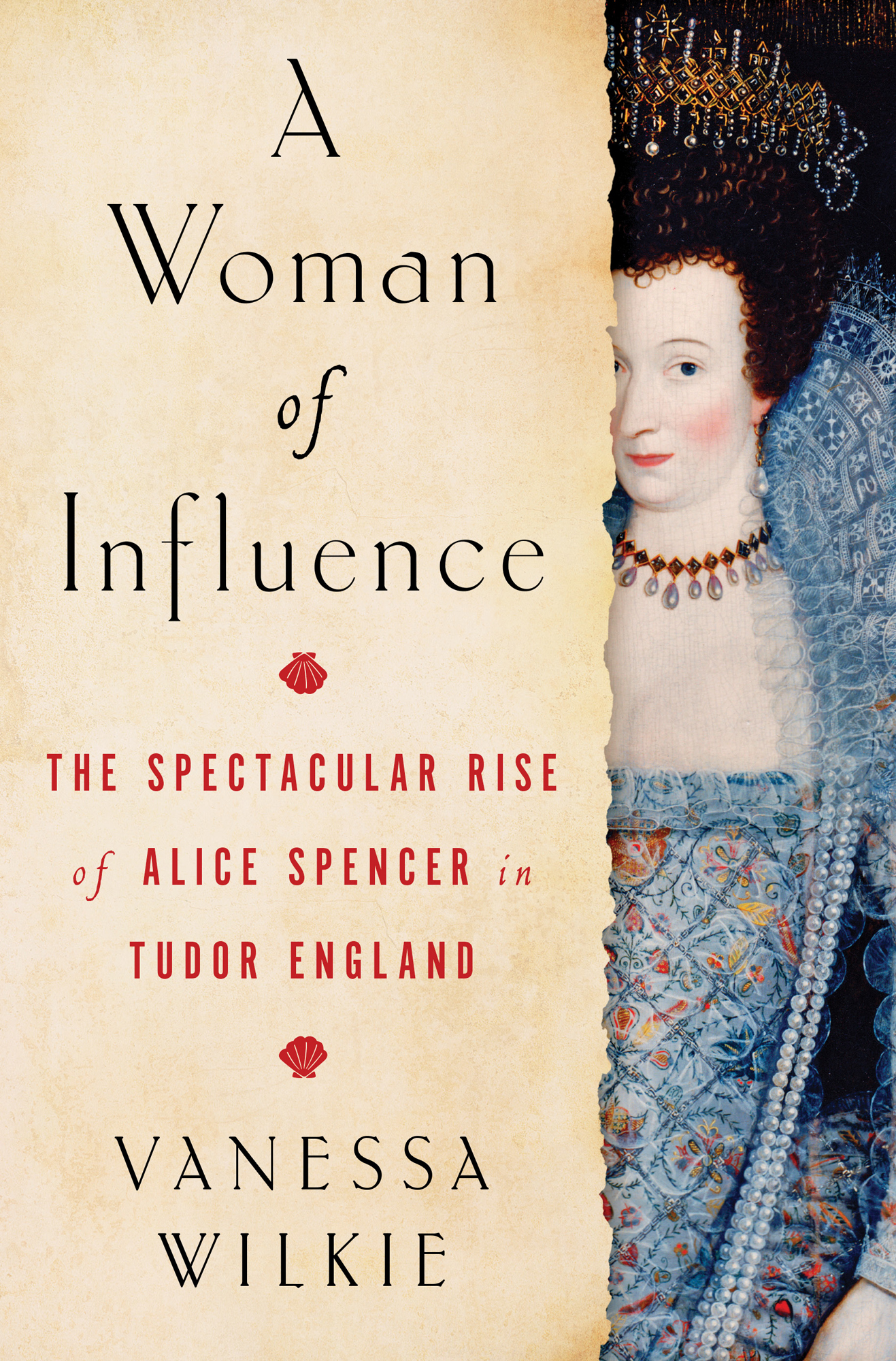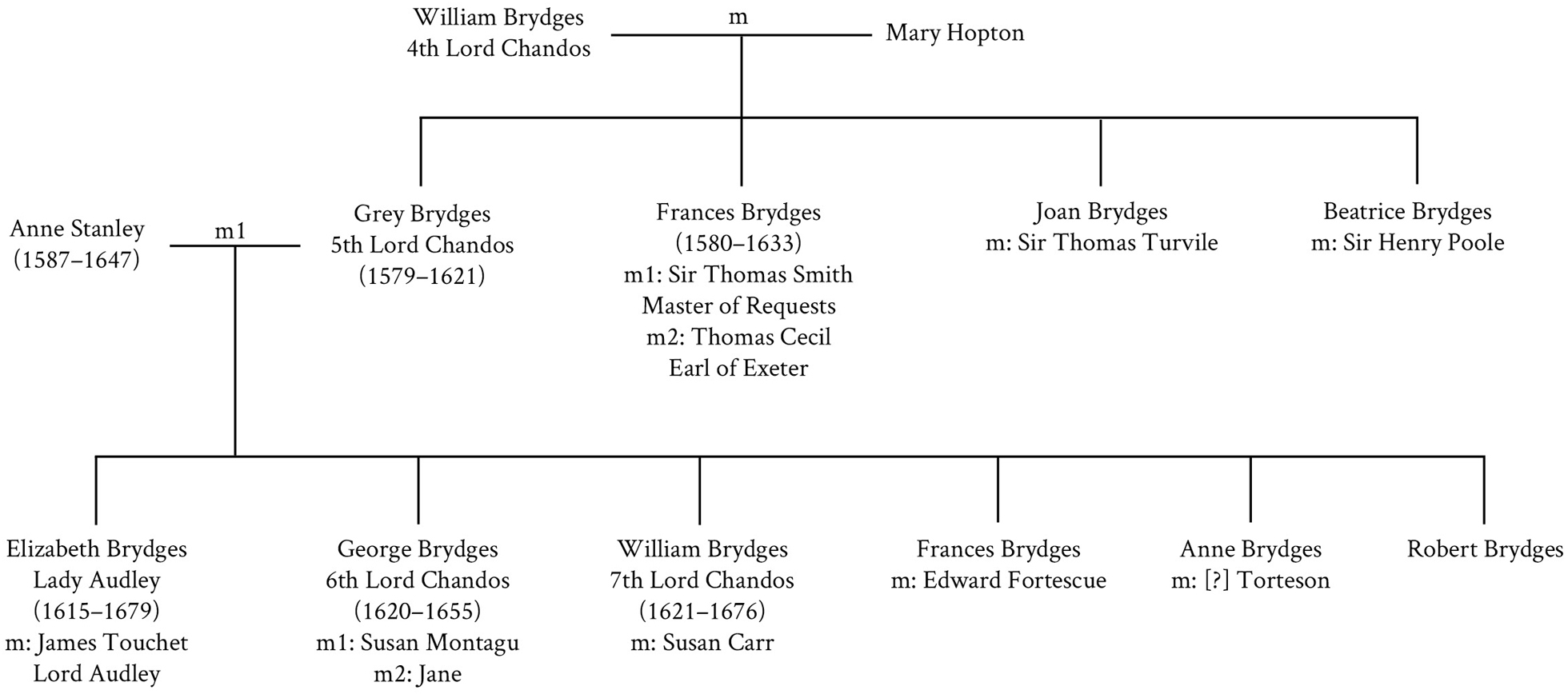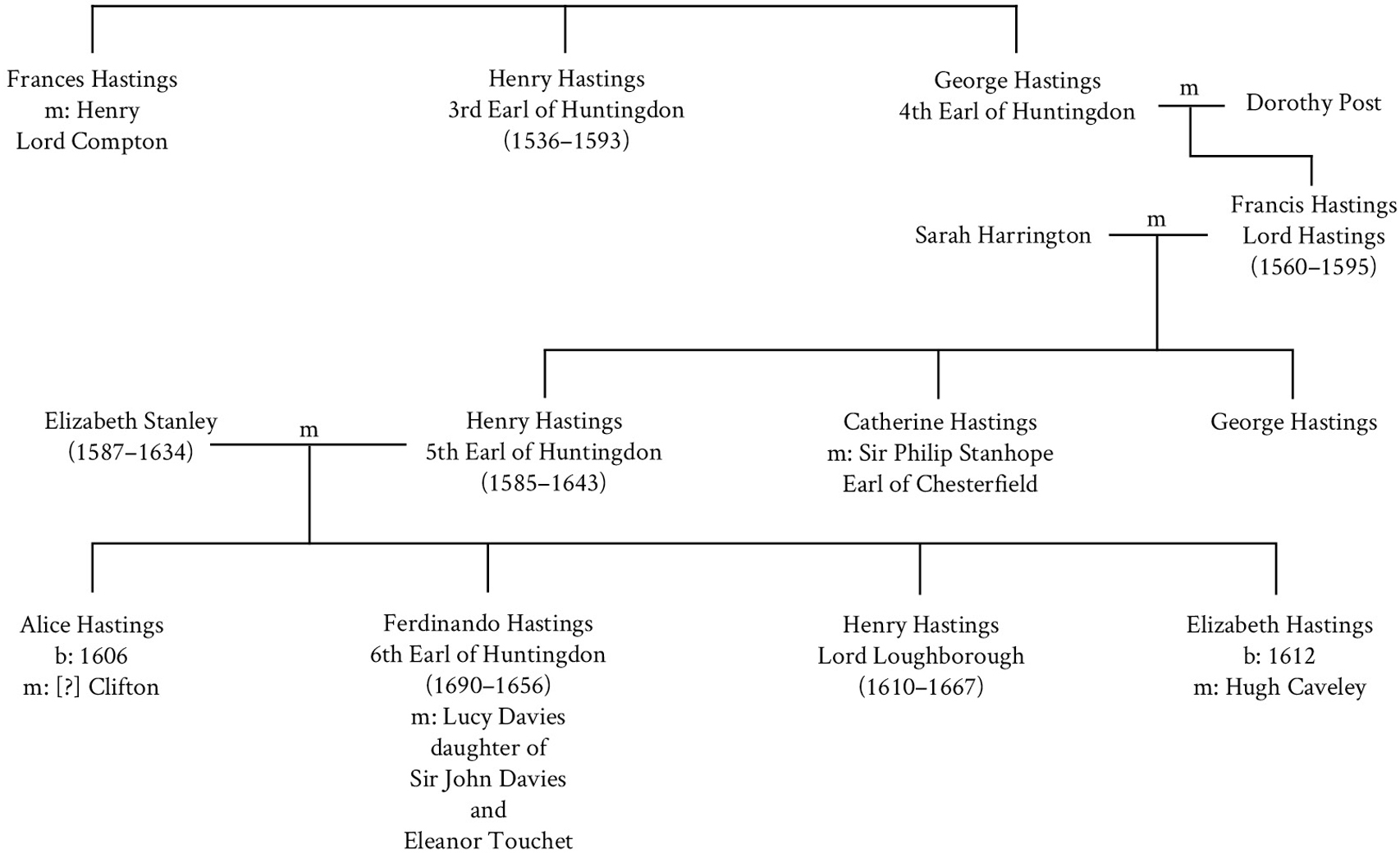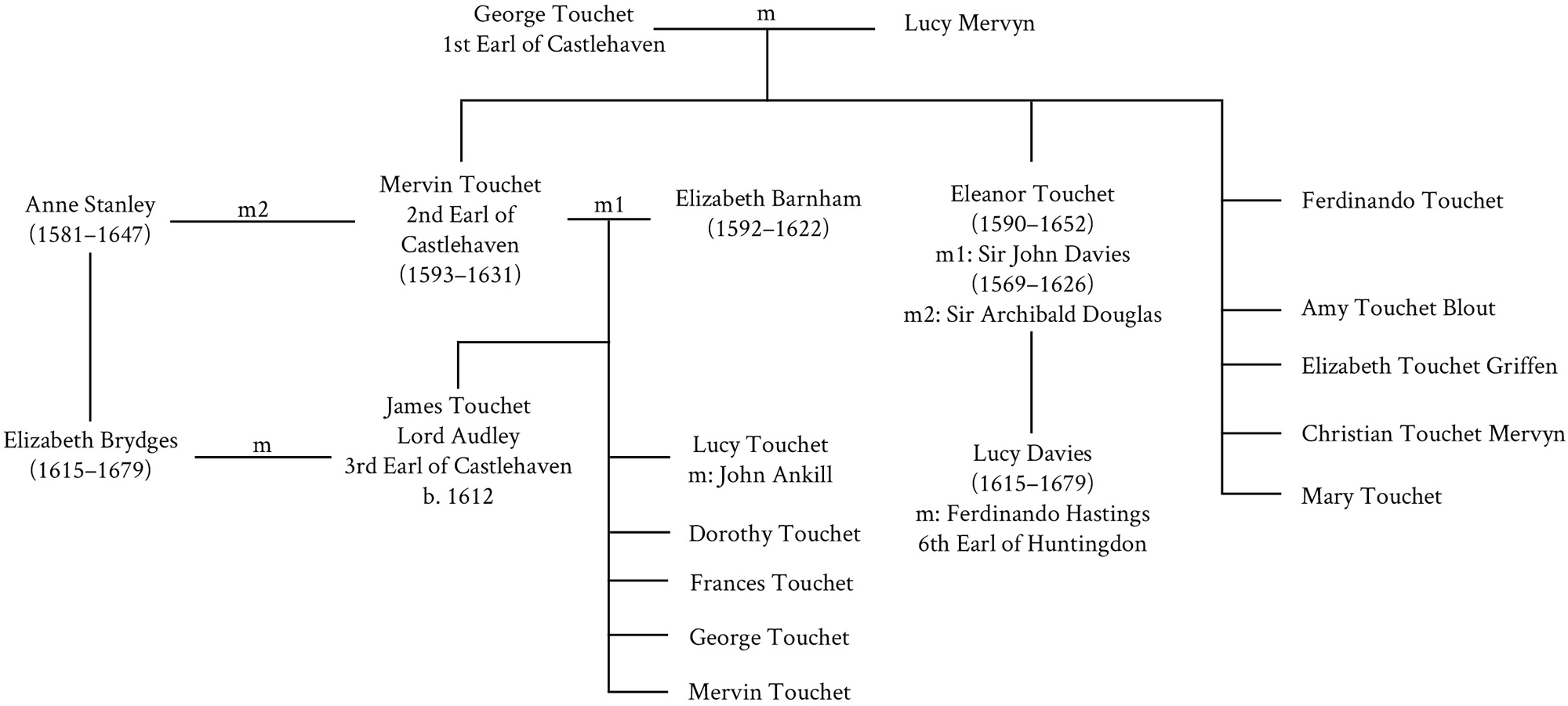Vanessa Wilkie - A Woman of Influence: The Spectacular Rise of Alice Spencer in Tudor England
Here you can read online Vanessa Wilkie - A Woman of Influence: The Spectacular Rise of Alice Spencer in Tudor England full text of the book (entire story) in english for free. Download pdf and epub, get meaning, cover and reviews about this ebook. City: New York, year: 2023, publisher: Atria Books, genre: Non-fiction / History. Description of the work, (preface) as well as reviews are available. Best literature library LitArk.com created for fans of good reading and offers a wide selection of genres:
Romance novel
Science fiction
Adventure
Detective
Science
History
Home and family
Prose
Art
Politics
Computer
Non-fiction
Religion
Business
Children
Humor
Choose a favorite category and find really read worthwhile books. Enjoy immersion in the world of imagination, feel the emotions of the characters or learn something new for yourself, make an fascinating discovery.

- Book:A Woman of Influence: The Spectacular Rise of Alice Spencer in Tudor England
- Author:
- Publisher:Atria Books
- Genre:
- Year:2023
- City:New York
- Rating:4 / 5
- Favourites:Add to favourites
- Your mark:
A Woman of Influence: The Spectacular Rise of Alice Spencer in Tudor England: summary, description and annotation
We offer to read an annotation, description, summary or preface (depends on what the author of the book "A Woman of Influence: The Spectacular Rise of Alice Spencer in Tudor England" wrote himself). If you haven't found the necessary information about the book — write in the comments, we will try to find it.
Alice Spencer was born in 1560 to a family on the rise. Her grandfather had amassed a sizeable estate of fertile grazing land and made a small fortune in sheep farming, allowing him to purchase a simple but distinguished manor house called Althorp.
With her sizable dowry, Alice married the heir to one of the most powerful aristocratic families in the country, eventually becoming the Countess of Derby. Though she enjoyed modest renown, it wasnt until her husbands sudden death (after he turned in a group of Catholics for plotting against Queen Elizabeth I) that Alice and her familys future changed forever.
Faced with a lawsuit from her brother-in-law over her late husbands fortune, Alice raised eyebrows by marrying Englands most powerful lawyer. Together, they were victorious, and Alice focused her attentions on securing appropriate husbands for her daughters, increasing her land ownings, and securing a bright future for her grandchildren and the entire Spencer family. But they would not completely escape scandals, and as the matriarch, Alice had to face an infamous trial that threatened everything she had worked so hard for.
Now, the full story of the remarkable Alice Spencer Stanley Egerton is revealed in this comprehensive and colorful biography. A woman both ahead of and part of her time, Alices ruthless challenging of the status quo has inspired future generations of Spencers and will change the way you view Tudor women.
Vanessa Wilkie: author's other books
Who wrote A Woman of Influence: The Spectacular Rise of Alice Spencer in Tudor England? Find out the surname, the name of the author of the book and a list of all author's works by series.


